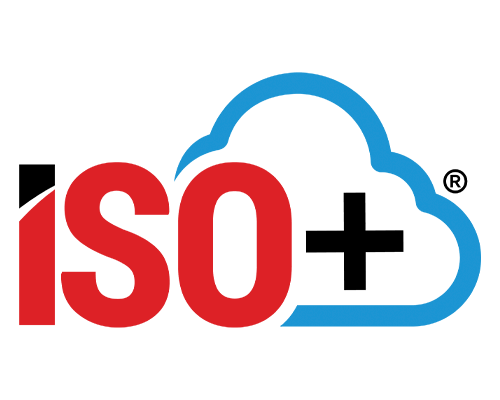While the specific requirements can vary based on the nature of the organisation and its services, there are some common elements (known as trust service criteria) typically covered in a SOC 2 audit:
- Security: The organisation must implement adequate security measures to protect against unauthorised physical and logical access to its systems and data.
- Availability: The organisation’s systems and services must be available for operation and use as agreed upon in the service level agreements (SLAs) or customer contracts.
- Processing Integrity: The organisation must ensure that its systems process data accurately, completely, and promptly.
- Confidentiality: The organisation must maintain the confidentiality of customer data throughout its life cycle, including collection, storage, processing, and transmission.
- Privacy: The organisation must comply with applicable privacy laws and regulations regarding the collection, use, retention, disclosure, and disposal of personal information.
Organisations typically undergo a SOC 2 audit conducted by an independent third-party auditor to demonstrate compliance with these requirements. The audit evaluates the design and operating effectiveness of the organisation’s controls related to the specified trust service. Upon successfully completing the audit, the organisation receives a SOC 2 report that assures customers and stakeholders of the effectiveness of its controls.





